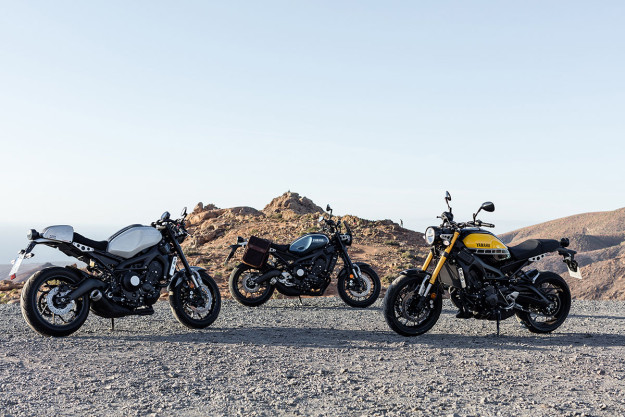
Key specs The XSR900 has the same frame, suspension, wheels and engine as the FZ-09.
The inline triple uses Yamaha’s ‘Crossplane Concept’ engine architecture. In essence, it has a 270-degree crank that is said to provide linear torque all through the rev range. The numbers are 84.6kW at 10,000 RPM, and 87.5Nm at 8,500 RPM (with a wet weight of 195kg.)

The six-speed gearbox is paired with an assist-and-slipper clutch. In simple terms: it operates differently under acceleration and braking, to optimize every shift.
The clutch is an upgraded version of the FZ-09’s, and it’s not the only thing that’s been reworked. Criticisms of the FZ-09’s jerky throttle response had Yamaha’s engineers redo the fueling too.
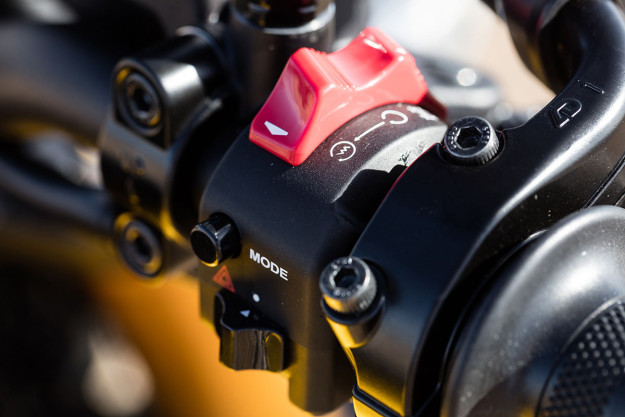
The XSR900’s also running D-MODE switchable power maps and TCS switchable traction control. ABS is standard.
The forks are 41mm upside-down units, with a mono-shock out back. They’ve been tweaked for the XSR, with adjustable rebound up front, and rebound and preload out back.
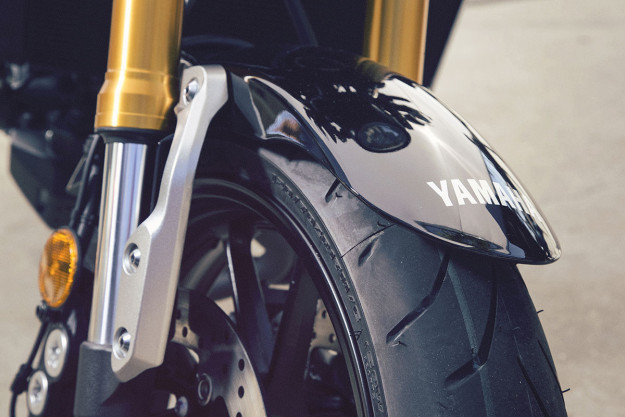
Riding the XSR900 Crossplane, D-MODE, TCS…do they work? Yes, surprisingly well. If the styling doesn’t strike a chord with you, the ride will.
TL;DR: the XSR900 is fun. Bucket loads of it.
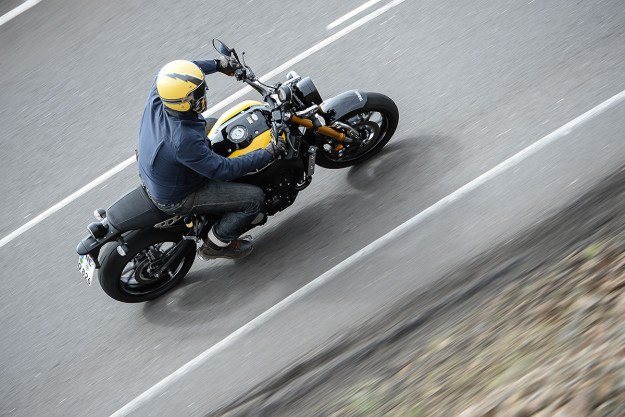
The engine has torque and character in spades—with an engine note to match. And it’s available on demand, whether you’re accelerating out of a corner or looking for a boost on a long straight.
Plus, Yamaha’s tech-speak about the assist-and-slipper clutch was spot on. Shifts are smooth and precise, all the time.
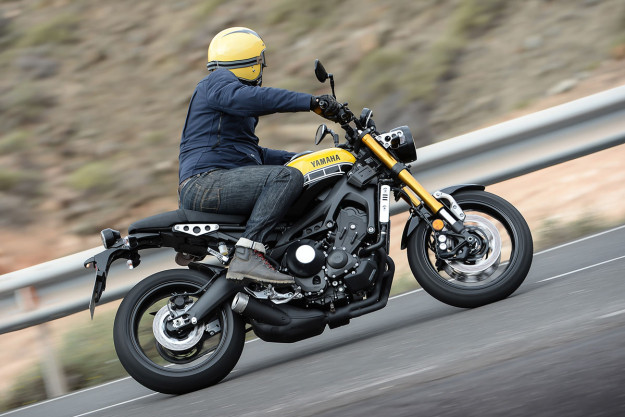
But the real gem is the D-MODE system—mainly because it’s delightfully simple. There are three modes, swappable via a switch on the handlebars: Standard, A and B. Standard is self-explanatory, B is super-mild, and A turns the throttle into an on-off switch.
The TCS traction control system is just as straightforward. ‘1’ offers a little bit of interference, and ‘2’ a lot. As with D-MODE, a button on the bars cycles between modes (in both cases you can do so on the fly, provided the throttle is closed.)
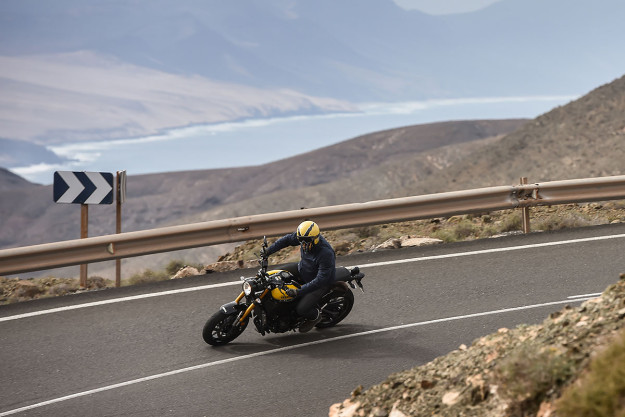
We found a combination of ‘Standard’ and ‘1’ to be the sweet spot for most riding; a tasty blend of smooth throttle response and minimal traction control. But our personal favorite was ‘A’ and ‘1’.
It uncorked the XSR900, making the throttle far more abrupt in a way that made it harder work to control, but more grin-inducing to ride. And even with traction control turned off—which has to be done at stand still—the bike was still pretty rideable. (Just don’t pair ‘A’ with ‘2’; full throttle and maximum traction control together make for unpredictable results.)
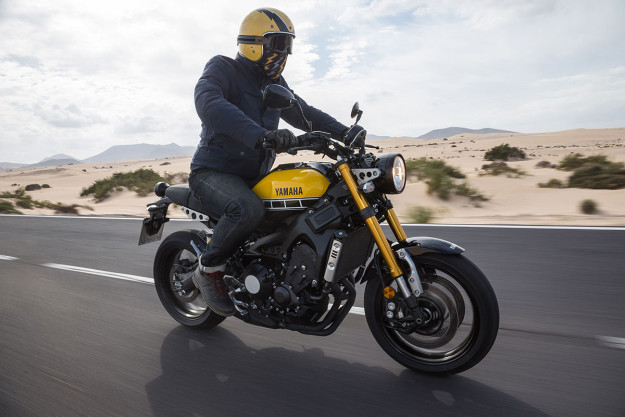
As for the handling, the XSR900 is extremely well balanced. The weight sits in a good place, and the ergonomics put the rider in a neutral-but-slightly-sporty position that makes for great control.
We like the round speedo too. It’s in a decent spot, and crams all the information you need into an easy-to-follow layout. There’s no fuel warning light though, despite there being plenty of space for one. Instead, the graphic surrounding the fuel level indicator flashes annoyingly when you’re low.